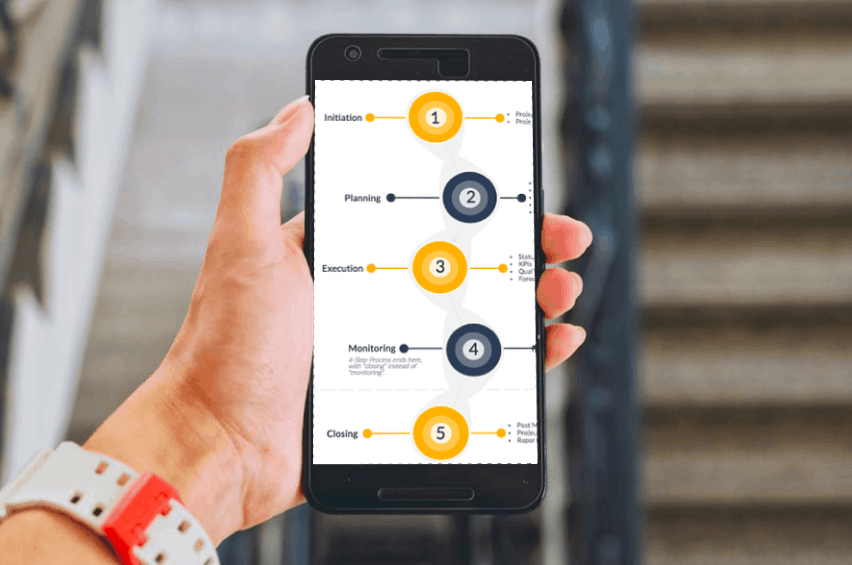Quick Take: What is Project Management Software?—Project management software helps project managers in day-to-day project planning, tracking, and monitoring with an emphasis on understanding and managing immediate priorities What is Enterprise Project Management Software?—EPM software is similar to Project Management Software but operates on a larger scale. Because enterprises have more than one project in progress simultaneously, an EPM solution helps to manage, monitor, and assess the activities, schedules, and work breakdown structures for many projects across all departments. What is Project Portfolio Management Software?—PPM software is designed to manage collections (portfolios) of projects, programs, or products, including current and future projects. PPM systems track the dependencies between projects and the enterprise, to provide project managers and executives a global view. A portfolio continuously optimizes the allocation, prioritization and scheduling of resources. PM, EPM, and PPM Explained If you already use project management software — or even a good project-driven ERP system — then it’s natural to question whether or not you actually need project and portfolio management software. To add to the confusion, some vendors sell each of these systems as separate applications, while others offer an all-in-one product. So can one platform really do the job of three — and save you software licensing costs? Yes, it can, if it’s the right software. Let’s examine the difference between these systems and sort out which software is best for your business. PM: Project Management Software Project management software involves functionality aimed at day-to-day project planning, tracking, and monitoring. Project Managers focus on the needs of their stakeholders. They obtain the resources necessary for success and apply technology, methodology, and resources to achieve project success. A Project Manager is primarily interested in immediate priorities — who is supposed to do what activity when, and what are the costs involved. Software tools help teams collaborate and increase transparency through features such as milestones, Gantt charts, budgeting, calendars, and timesheets. PM software also enhances the communication and collaboration between projects. Project management software is typically focused at helping individual project managers manage their projects. EPM: Enterprise Project Management Software Like project management software, enterprise project management software is also designed to facilitate day-to-day project delivery and management, but on a larger scale, generally company-wide. Since enterprises have more than one project in progress simultaneously, an EPM solution helps reach across the organization manage, monitor, streamline, and assess the activities, schedules, and work breakdown structures for the company’s existing set of projects. Enterprise project management focuses across the enterprise, to prioritize business goals by managing and grouping projects to meet broader enterprise-wide objectives. Getting a handle on success factors in enterprise project management can save companies significant money. The Project Management Institute (PMI) found in a study 14 percent of IT projects fail. IT gets worse. Of the projects that didn’t fail outright, 31 percent didn’t meet their goals, 43 percent exceeded their initial budgets, and 49 percent were late. PPM: Project Portfolio Management Software Project portfolio management software is designed to handle projects, programs, or products across the enterprise in part by assigning projects to portfolios. Questions answered by PPM software go beyond “Did the project end successfully” to help determine other success factors, such as: How did the project fit into the current mix? Do projects of this type meet organizational goals? What are the inter-dependencies between projects? Three months from now, will we have enough resources to start the project? Which projects are failing and should be terminated? PPM systems show performance and resource demands of current projects, as well as projects that are being bid, sold, or will start at a future date. PPM systems show how projects fit with the rest of the enterprise, giving project managers and executives a global view of where skills and resources are invested. PPM software generally aggregates project data from PM, EPM, or ERP systems to create portfolios of existing and future projects for evaluation organized by budget size, calendar year, budget year, business line, and so on. Since PPM products provide a comprehensive zoomed-out view of projects, some software vendors may be good at the big picture but lack the tools needed to manage the granular aspects of an individual project or sub-project. The most effective PPM software handles both the macro and micro view of an organization’s projects. Get the Real Thing As technology rapidly advances, many ERP vendors are claiming they are capable of delivering the functionality of PPM, EPM, or both — which can confuse the buying process. Also there are some EPM solutions that claim they are PPM solutions. Don’t necessarily judge a system by its acronym. Instead, focus on pinpointing the goals and needs of your business, then evaluate and choose a project portfolio management software vendor that meets your specific needs. If you need an enterprise-wide solution that aggregates project data to create portfolios of existing and future projects, that shows performance and resource demands of current and future projects, that delivers Project Prioritization, Project Management, Resource Management and Project Portfolio Reporting, contact us today at [email protected].






